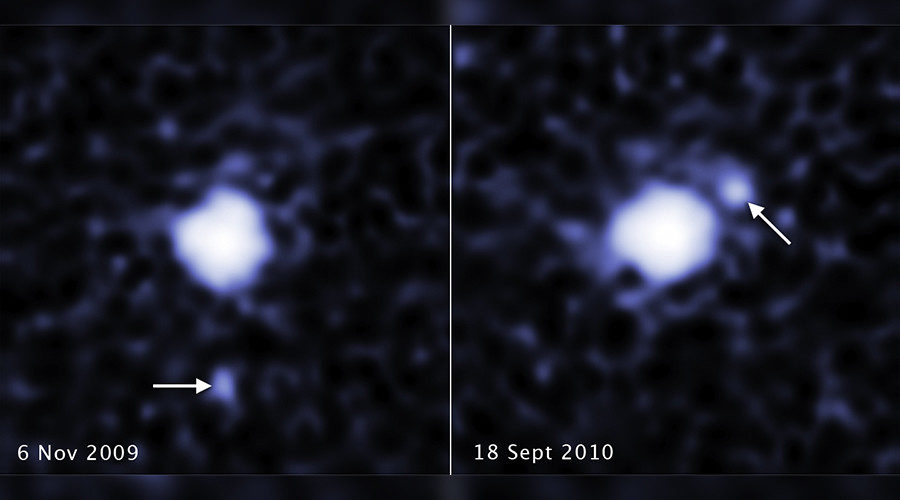OF THE
TIMES
History will have to record that the greatest tragedy of this period of social transition was not the strident clamor of the bad people, but the appalling silence of the good people.
A businesswoman with Israeli citizenship who lives in Ireland and has entered politics there is claiming that the country is becoming increasingly...
There are 5 types of medicine licensed for the treatment of ADHD: methylphenidate, lisdexamfetamine, dexamfetamine, atomoxetine, guanfacine. When...
'The 2024 protests are not 2020's - This Time China Will Not Steal Our Future' These campus riots are CCP planned and funded by ELIZABETH NICKSON...
It seems what Israel, AIPAC and ADL Zionists want, Israel, AIPAC and ADL Zionists get. Well no shit, is there any doubt whatsoever who/what...
Plato was a Jethro Tull fan. 'Living In The Past' requires spot-on timing.
To submit an article for publication, see our Submission Guidelines
Reader comments do not necessarily reflect the views of the volunteers, editors, and directors of SOTT.net or the Quantum Future Group.
Some icons on this site were created by: Afterglow, Aha-Soft, AntialiasFactory, artdesigner.lv, Artura, DailyOverview, Everaldo, GraphicsFuel, IconFactory, Iconka, IconShock, Icons-Land, i-love-icons, KDE-look.org, Klukeart, mugenb16, Map Icons Collection, PetshopBoxStudio, VisualPharm, wbeiruti, WebIconset
Powered by PikaJS 🐁 and In·Site
Original content © 2002-2024 by Sott.net/Signs of the Times. See: FAIR USE NOTICE

Reader Comments
to our Newsletter